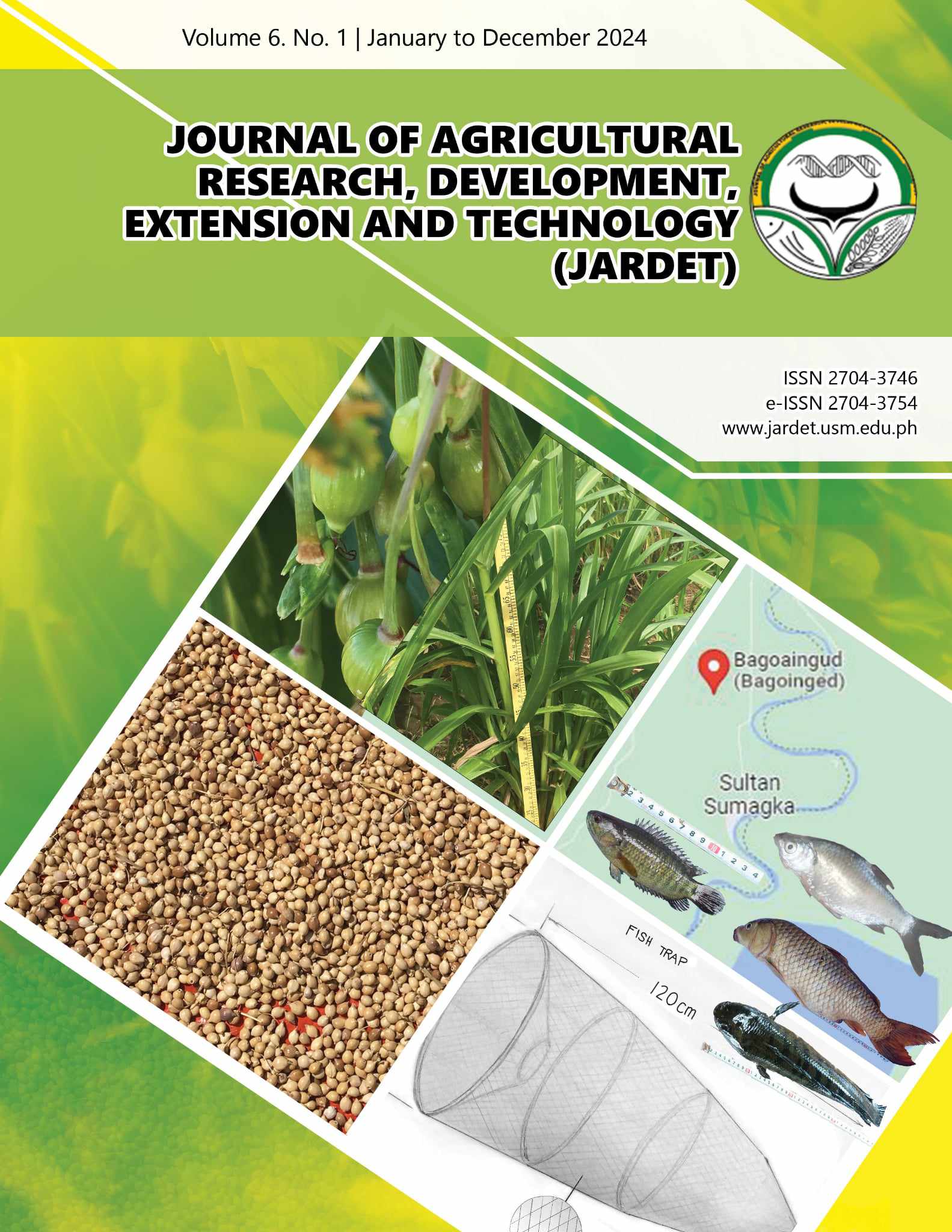Assessment of sustainable intensification practices among maize-commercializing households of Eastern Uganda
DOI:
https://doi.org/10.5281/zenodo.15099403Keywords:
farmer preferences, improved maize varieties, maize commercialization, maize-legume intercrop, multi-criteria analysis, sustainable intensificationAbstract
Farmers’ choices to invest in sustainable intensification practices are influenced by the likelihood that these practices fulfill a farmer’s financial, agro-ecological, and/or social goals. This study aimed to assess the different sustainable intensification practices used by maize-commercializing households in eastern Uganda, based on ecological, economic, and social impacts, using a multi-criteria analysis. The study reveals that farmers employed a range of criteria to assess and adopt sustainable intensification innovations. The most important criterion in assessing ecological merit of a measure was the improvement of soil fertility. For economic goals, yield improvement was the primary focus, while social goals were assessed based on whether the measure was approved or adopted by peer farmers. Maize-legumes systems met the ecological, economic, and social goals, while improved maize varieties mainly fulfilled economic goals. Inorganic and organic fertilizers were accepted for their contributions to both economic and ecological goals. The study concludes that multi-criteria analysis is useful for assessing the sustainable intensification measures adopted by farmers for diverse purposes. It is therefore recommended that multiple sustainable intensification alternatives must be promoted based on their potential to support farmers in achieving their goals. Strong linkages between extension workers and policymakers with farmers are crucial for idetifying and developing appropriate sustainable intensification practices for smallholder farmers.
Downloads
Published
Issue
Section
License
Copyright (c) 2024 Journal of Agricultural Research, Development, Extension and Technology

This work is licensed under a Creative Commons Attribution-NonCommercial-NoDerivatives 4.0 International License.


